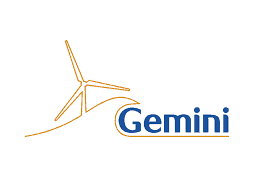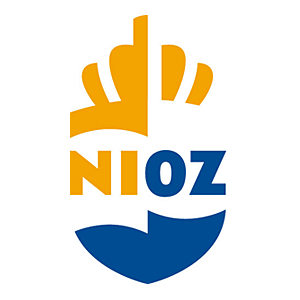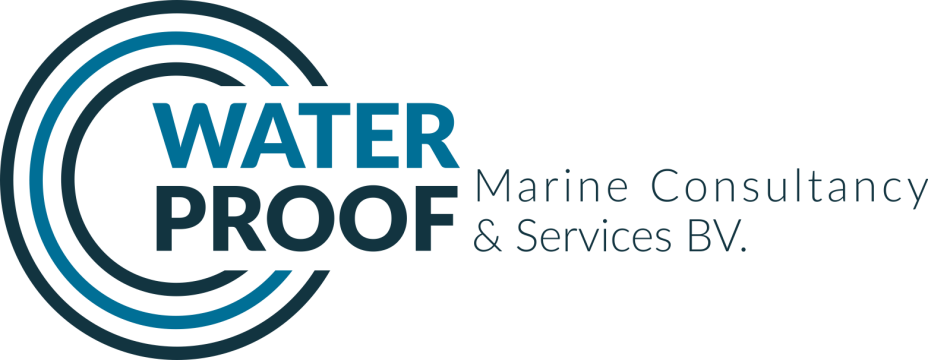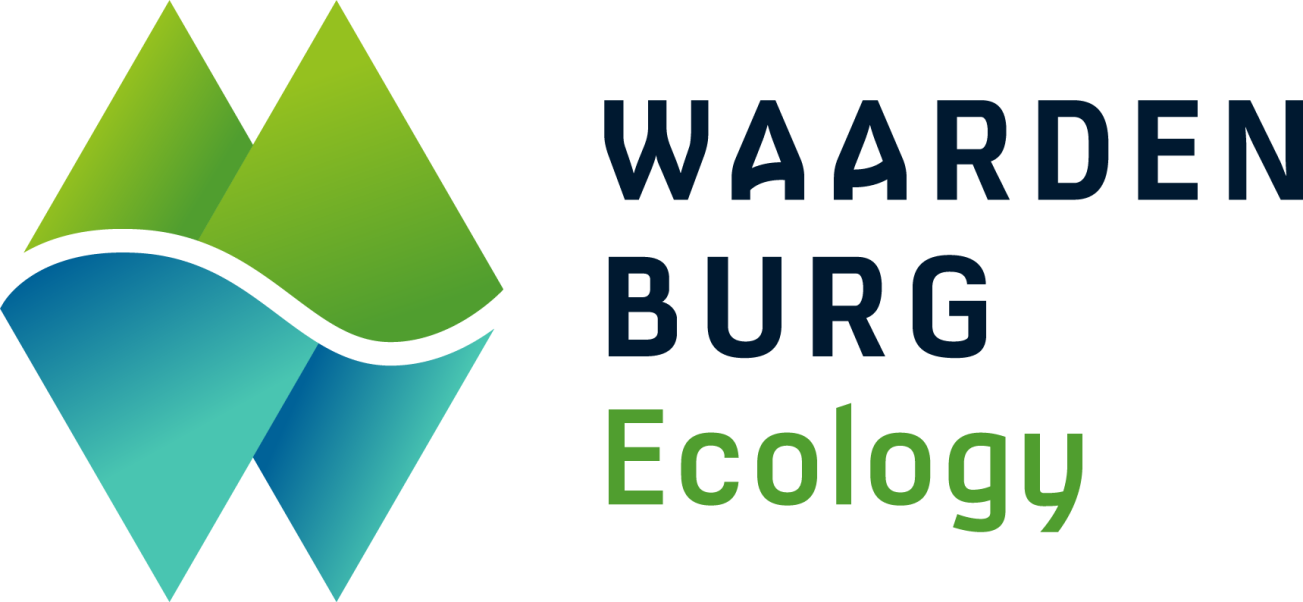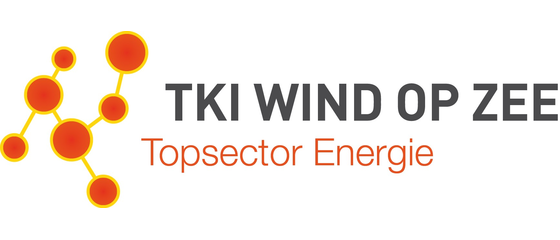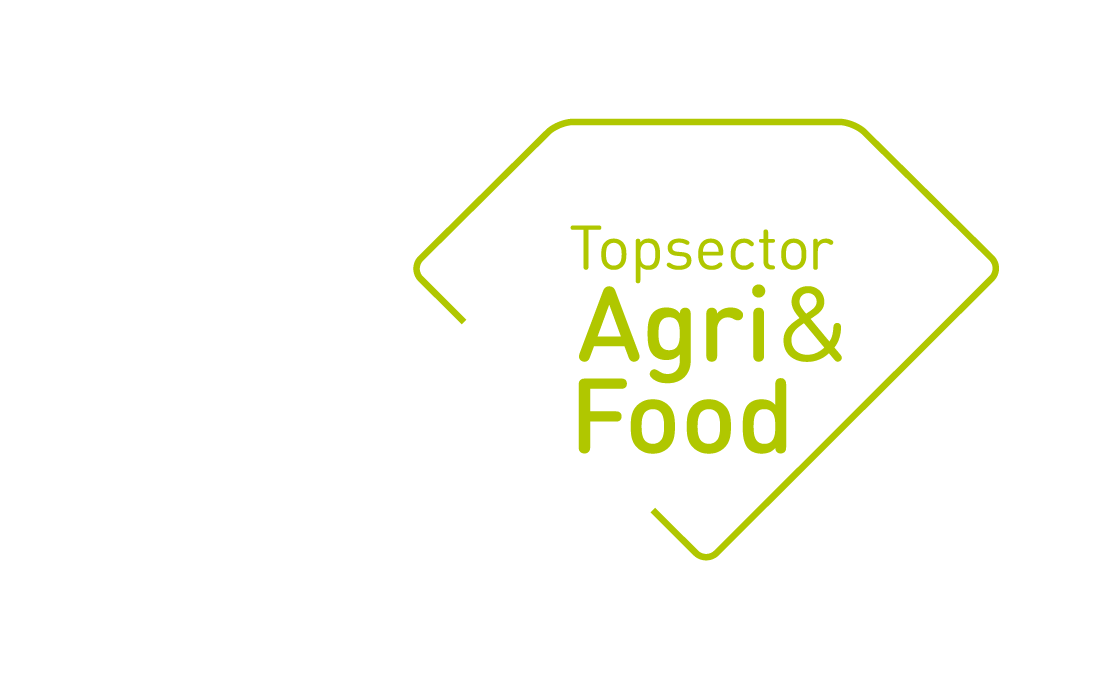In the Gemini windpark, ZeeEnergie, research and experiments were conducted to learn about European flat oyster restoration. As a part of The Rich North Sea programme and WINOR project, the aim of the project is to re-create oyster reefs in Gemini offshore windpark and use innovative monitoring techniques to learn from it (WINOR). The project, co-funded by TKI Agri & Food and TKI Wind op Zee, utilized cutting-edge research methods to understand the patterns of growth, survival, reproduction, and settlement for native oysters. The research informs key influencing factors of oyster behavior—including their feeding habits and stability on the seabed of the wind farm’s environment. With this information, the project can inform how to execute native oyster restoration on a larger scale.
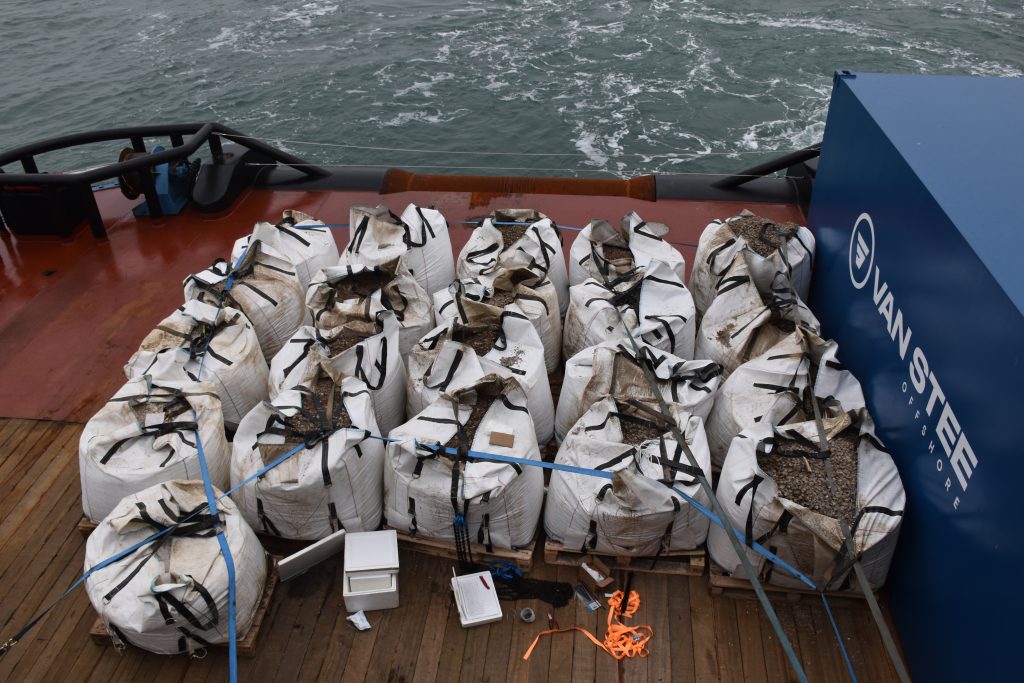
Methods
Experiments were conducted on a 5ha surface area in the Gemini windfarm, ZeeEnergie. This location, in theory, provides more stable surface area for reef development compared to other wind farms farther south of the Dutch coast, so it was decided to experiment with loose oysters and substrate (shell material and BESE-paste) instead of oyster tables or other broodstock structures.
The following parameters are part of the monitoring of this project:
- Environmental factors and oyster survival
- Seabed dynamics, sediment transport and oyster burial
- Oyster displacement
- Settlement substrate
- Larvae and oyster settlement
Monitoring methods include ROV and dropcam video footage, water sampling for eDNA analyses, and larvae counts. Innovative monitoring techniques and research used a monitoring frame (conditions and settlement) and oyster tracking.
Results
After the first year (2021) of substrate and oyster deployment, both substrate and oyster density become too low during the first monitoring period for accurate measurements. The second deployment (2022) was slightly adjusted to create more compact sites. The subsequent monitoring (2023) showed a positive outcome, with a notable presence of both living and deceased oysters, as well as substrate, within the deployment area. eDNA results of 2021 and 2023 show 19 and 21 species respectively, with minor differences in species composition and no obvious difference in observed reef species at the different sampling locations.
Tips and Tricks
- Vessel use is often of the highest cost drivers of a project. Costs can be reduced by sharing a vessel, but it is recommended to have a representative on board or available for questions during an offshore mission.
- When working with a representative on board, communication might be hard due to bad connections and difficult working environments.
- Make sure to have a backup plan for in case retrieval methods don’t work as expected.
- Take delays into account – weather, unforeseen circumstances can impact the results you’re hoping to get.
Products used on this project
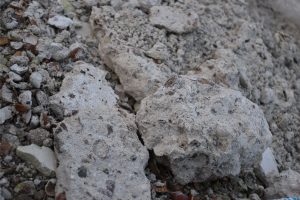
BESE-reef paste
BESEBESE–reef paste is made from shell hash: a source of calcic material needed for spat settlement. Once colonized, the paste disintegrates in one to five years. It is beneficial in areas where natural shell supply is scarce.
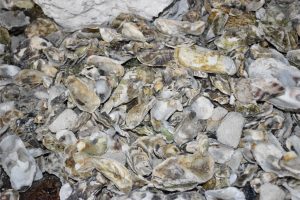
Oyster shells
Oysters are beneficial to the sea, even beyond their lifespan. Empty oyster shells are an all-natural material for marine life to settle.
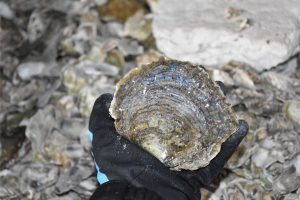
Live adult European flat oysters
Some species need a lift to get back to their original habitats. Flat oysters used to inhabit large parts of the North Sea, but have been pushed to extinction in many places. Releasing adult oysters into the wild can boost the natural population. For more information on living flat oysters, please refer to the oyster guide.
Let's connect
Ready to dive into nature enhancement? Send us an email to share your questions, feedback, or projects you’re working on.

